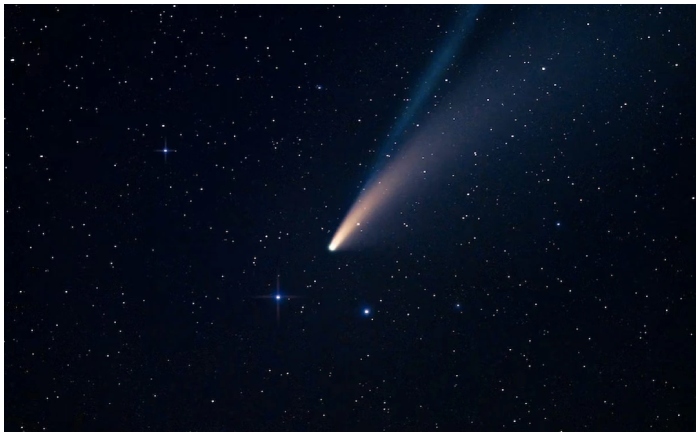This week unfurled a tapestry of scientific discoveries that whisked us from the depths of our ancient past to the far reaches of the solar system. A colossal comet showcased a dramatic celestial display, while archaeologists revealed pristine mummy portraits from yore. Moreover, the enigma surrounding the extent of Neanderthal DNA in some individuals found an explanation, further enriching our understanding of human evolution.
The Dramatic Dance of 12P/Pons–Brooks
The cosmos never ceases to astound, as demonstrated by comet 12P/Pons–Brooks, a celestial behemoth on a fiery sojourn towards the sun. This week marked the second instance within four months where the comet sprouted “horns” post a volcanic eruption, a spectacle initiated by a magma fountain in July. Concurrently, a significant Marsquake revelation came to light, debunking earlier assumptions of asteroid impacts being the culprits. Instead, the tectonic plates beneath Mars’ crust emerged as the agents behind the record-breaking seismic activity, offering a fresh perspective on Martian geology.

Unveiling the Art and Mysteries of Yore
On earthly grounds, archaeologists unraveled visual treasures dating back 2,000 years, including captivating mummy portraits and a vivid portrayal of an ancient New Year’s festivity. Further delving into antiquity, they unearthed 11,000-year-old statues, including a wild boar and a giant man, enriching the narrative of ancient human artistic expression. The unfolding week also saw the demystification of Neanderthal DNA prevalence in some individuals, bridging gaps in our understanding of human genetic history. Amid these explorations into the past, the haunting reality of climate change resonated, linking to a massive snow crab die-off and facilitating the unearthing of Jurassic-era fossils as Lake Powell’s waters receded.